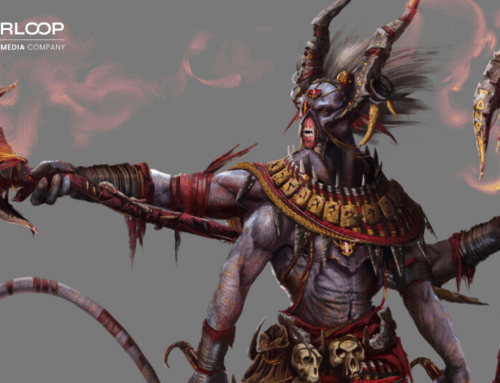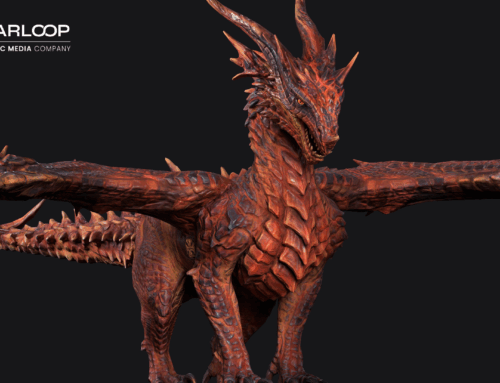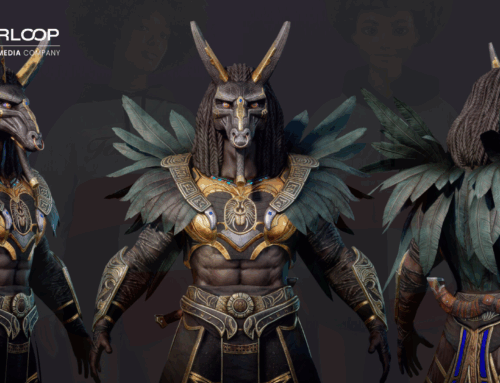Game development is the process of designing, developing, and releasing games. Given an enormous 2.7 billion gamers all over the world, the need for the continued development of games is inexcusable. This need is matched with a daily average of 25 games being released on Steam. However, a handful of challenges are expected to hinder the progressive innovation going on among game developers. The challenges include automating workflows, incorporating ML and AI, eliminating dependencies, working with distribute teams, impossible schedules among many others. Hence, the need to use the agile approach of developing projects.
Agile game development is an iterative process. The approach can be interpreted as working on small projects instead of working on the whole project. Its processes breed a flexible, self-organized, fast-paced, and open-minded focus. The focus is then directed towards creating efficient games for their customers.
Best Agile Practices
There are a lot of agile practices with their uniqueness. Here are three of those practices.
1. Scrum
Scrum is the most popular and arguably the best of agile game development practices. Scrum is a framework designed for agile implementation. It can be defined as a team process for agile development. The team has three specific roles which are the Product Owner, the Scrum Master, and the members of the Development Team. To get started with Scrum, there has to be a Product Owner. It is the responsibility of the Product Owner to decide what work will be done. The Scrum Master’s role is like that of a servant leader. His responsibilities are to help both the organization and the team to make the best use of Scrum. The development team then goes on to build the product.
The team’s work is broken down into different short periods called Sprint. It is a scheduled timeframe for the team to complete the Backlog. The backlog is a list of tasks needed for the final product, as specified by the Product Owner. The typical length of time is often two weeks, but it can span up to four weeks. There is also the Daily Scrum – a meeting held daily to account for their updates. Finally, each Sprint ends with a review. The review is for the development team to share their work and prepare for another Sprint. With a good Scrum Board, Backlog can be able easily organized. Therefore, after a Sprint, pick another task from the Backlog and repeat the Scrum process.
2. Extreme Programming (XP)
Extreme programming (XP) is another agile game development practice. XP focuses more on adapting to the changes noticed on rapid releases of the working game software. It means that the game developer can see what the highest priority feature looks like before designing. Hence, the developer can stir the design towards the most fun feature as quickly as possible. XP has five values which are communication, courage, feedback, respect, and simplicity.
XP has several practices that also qualify as agile game development practices. Five of such practices are discussed here. The first one is Test Driven Programming (TDD). When practicing TTD, the developer’s code describes what new feature is expected in the program. The written code is called a “unit test.” Once the test returns to be “true” then the developer is done. However, it will start by returning “false” since the feature has not yet been implemented. Secondly, there is Pair Programming. A straightforward definition for this practice would be two people developing gaming software behind the same machine. They plan, discuss, and write the code together. There is also the Continuous Design practice. This practice is to measure, learn, and improve feedback during production. It does not only help a developer to deliver the required features but to also meet the customer’s promise during delivery. Fourthly, there is Energized Work. System development is a tiresome adventure. Therefore, there is a need to work within a specific time frame. The real part of this practice is when the developer starts performing well. Finally, a developer can use Real Customer Involvement practice. An Extreme programming customer is a full-time member of the development team but also a user of the system being built.
3. Kanban
Kanban is a visual framework for managing agile game development as it moves through a process. It focuses on continuous delivery and not overloading agile software development teams. A popular term used to define Kanban is flow. Flow is a direct description of how workflows continuously. This flow is unlike “timeboxes” found in Scrum.
There are certain activities essential to manage a Kanban system. One such practice is called Visualize. Kanban system uses the kanban board to visualize work and the process it goes through. An effective visualization should show commitment point to do specific work, delivery point to customers, policies, and WIP limits. Other practices include limiting work in progress, managing flow, making explicit policies, implementing feedback loops, etc.
Agile is a Good Call
As a company, using the agile game development approach, especially the highly coveted Scrum will give your company production an effectiveness edge over competitors.
If your business is part of the competitive game development industry, it’s essential to do everything you can to help your company and that would meet up with the requirements needed to develop a classic game. Game development is a serious business where quality and value are at a premium – where every team member of the production is expected to be at his best. We at Starloop Studios are here to make the journey easy for you. Agility is all about bringing ease to our clients. We have formulated our development process to make things as simple and easy for our clients as they can be.
Starloop Studios is proud to be part of the Magic Media group, an international group specialising in entertainment and gaming industry services. Our wide range of offerings includes VFX, blockchain gaming, game art services, and more. Reach out today to avail of our expertise and A-Z services for your projects.


